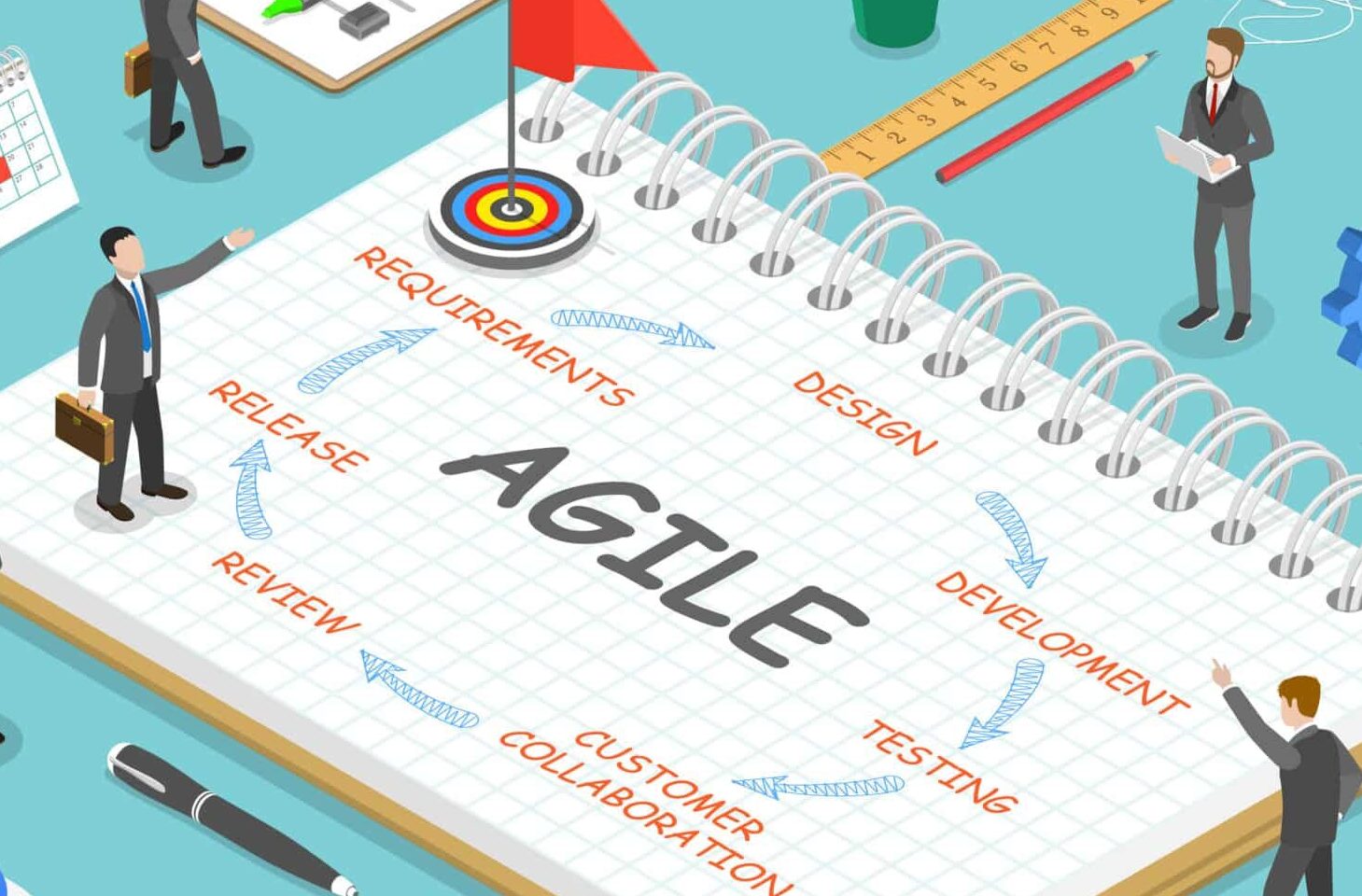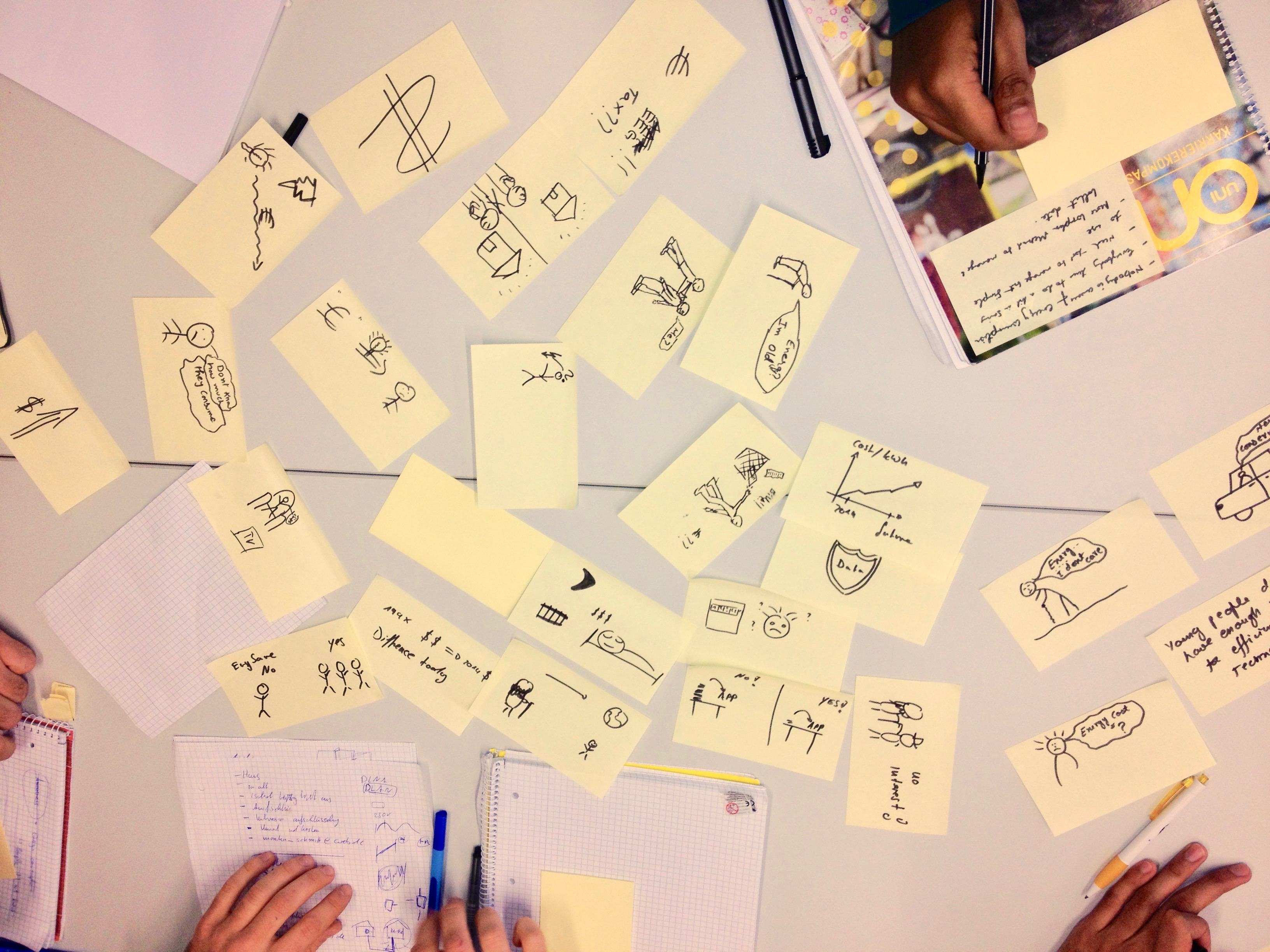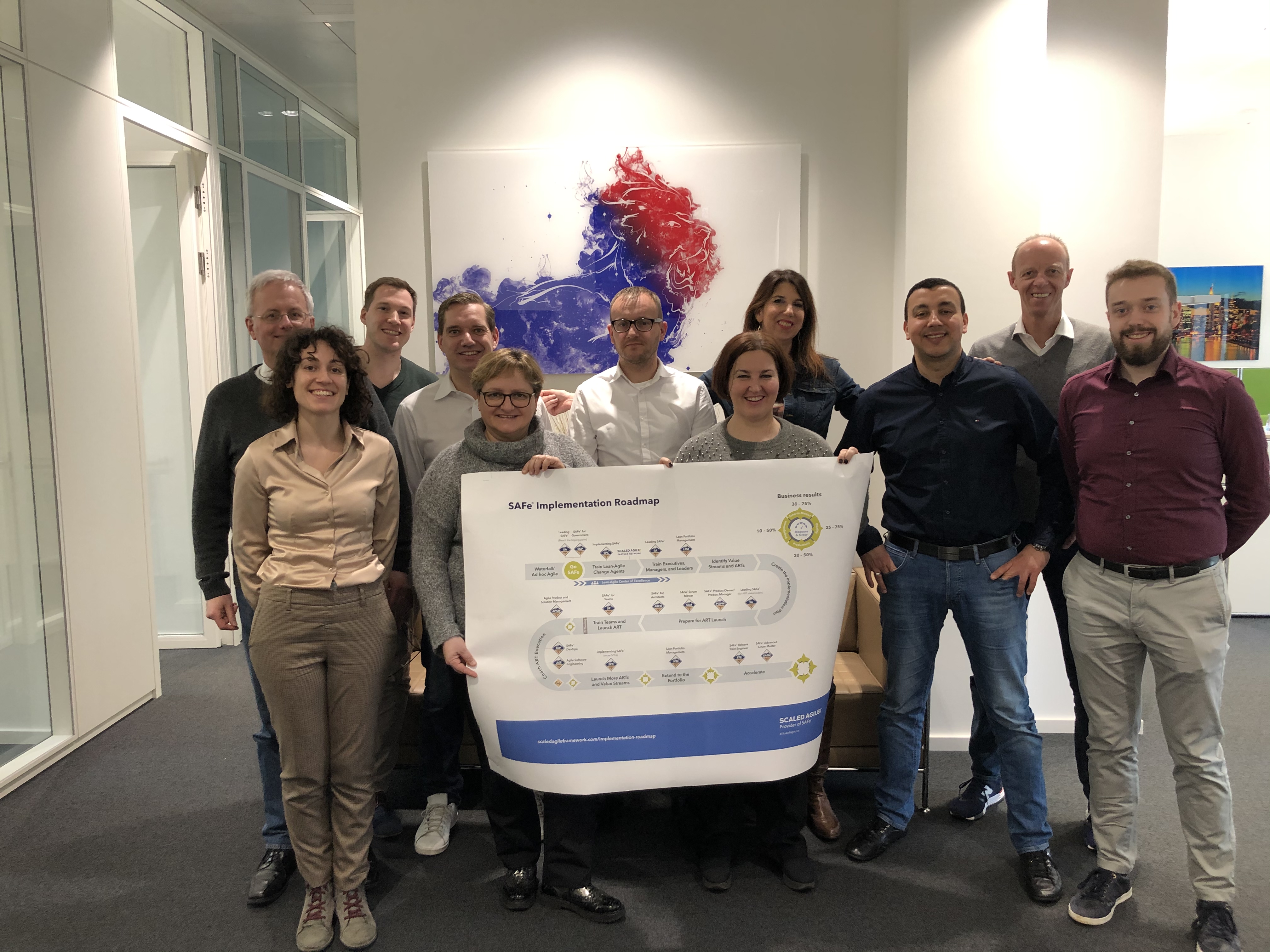 02. February 2024
02. February 2024
Agile Cherry Picking
Agile cherry picking is the process of selecting those aspects of an agile framework that fits to the organisational structure or personal individual interests and that can be implemented without stepping on anyone’s toes.








